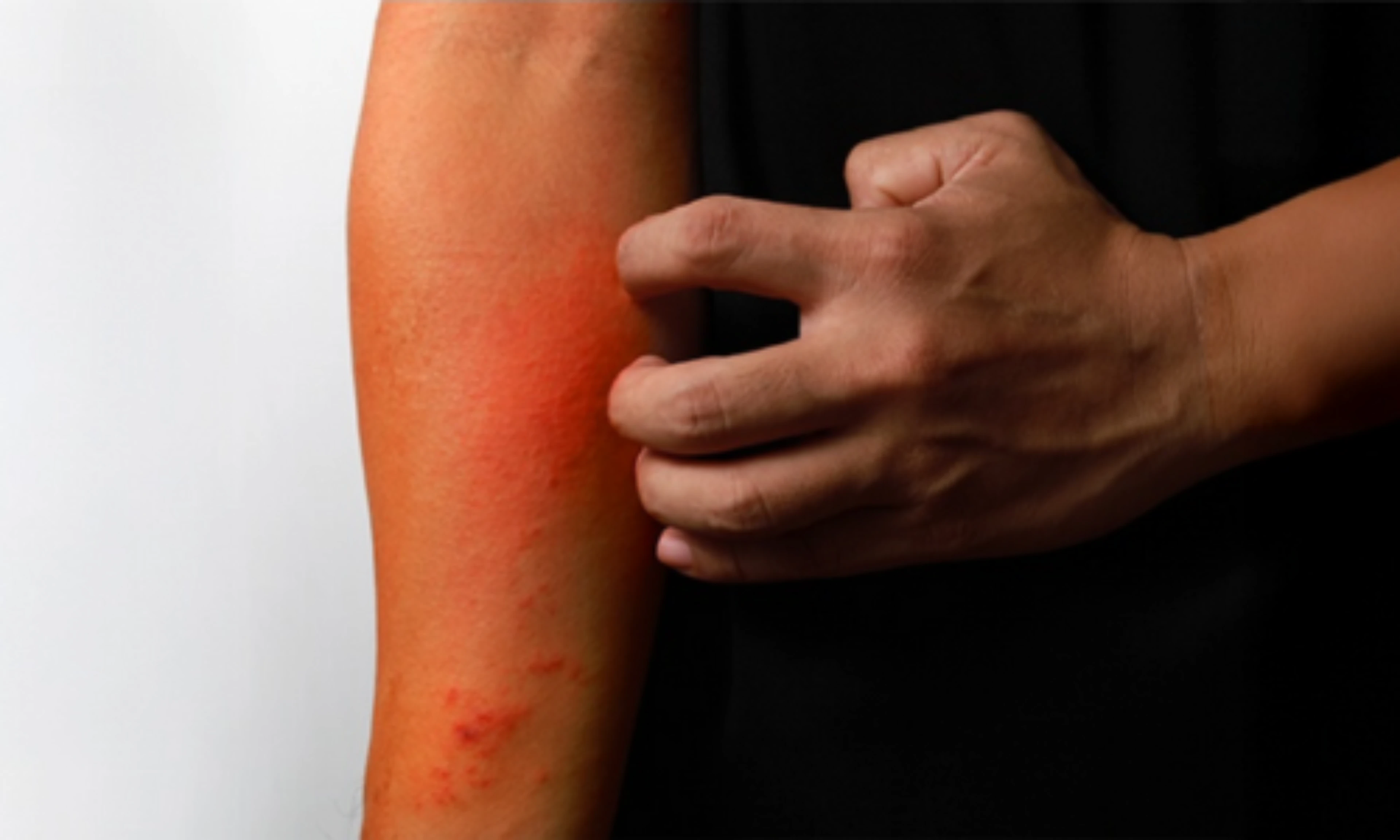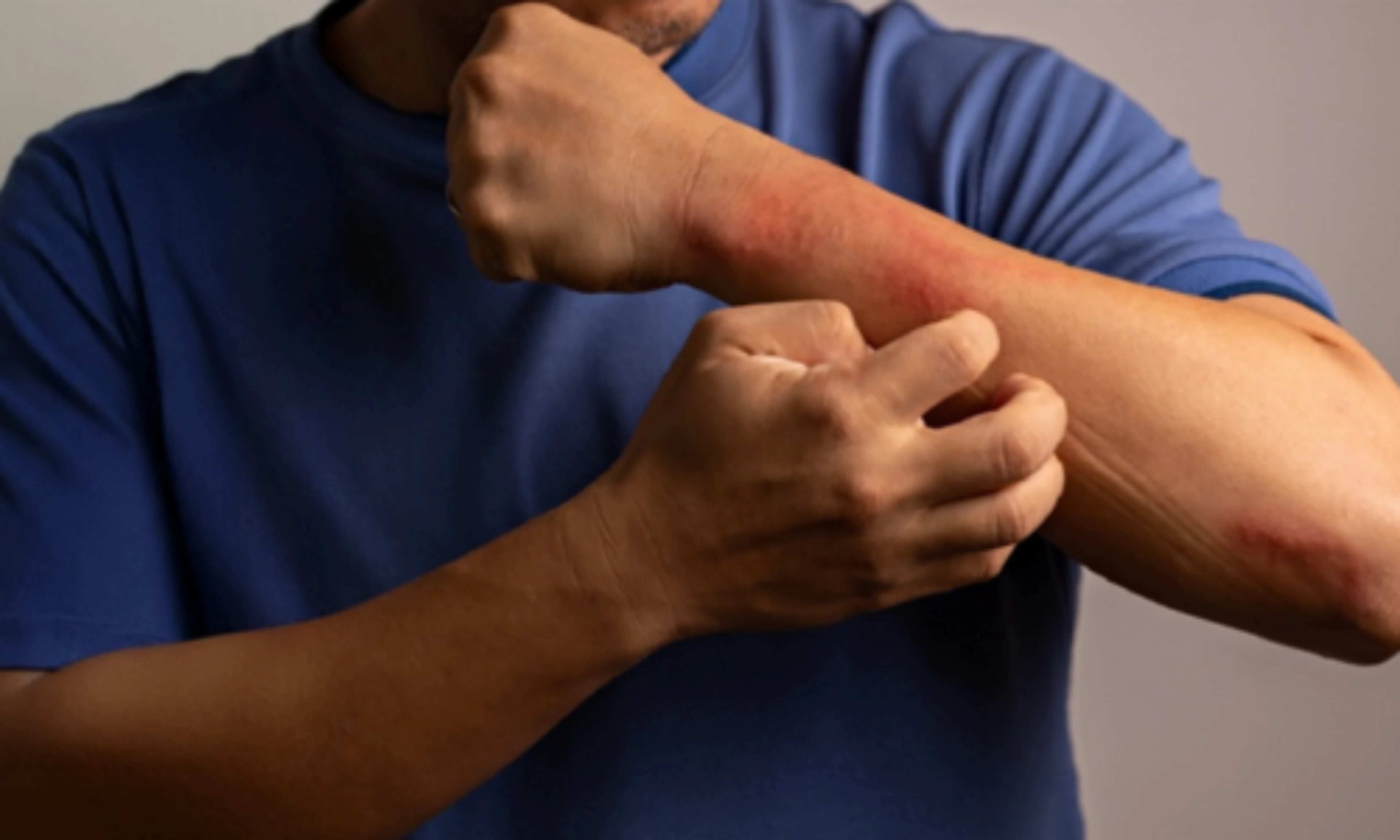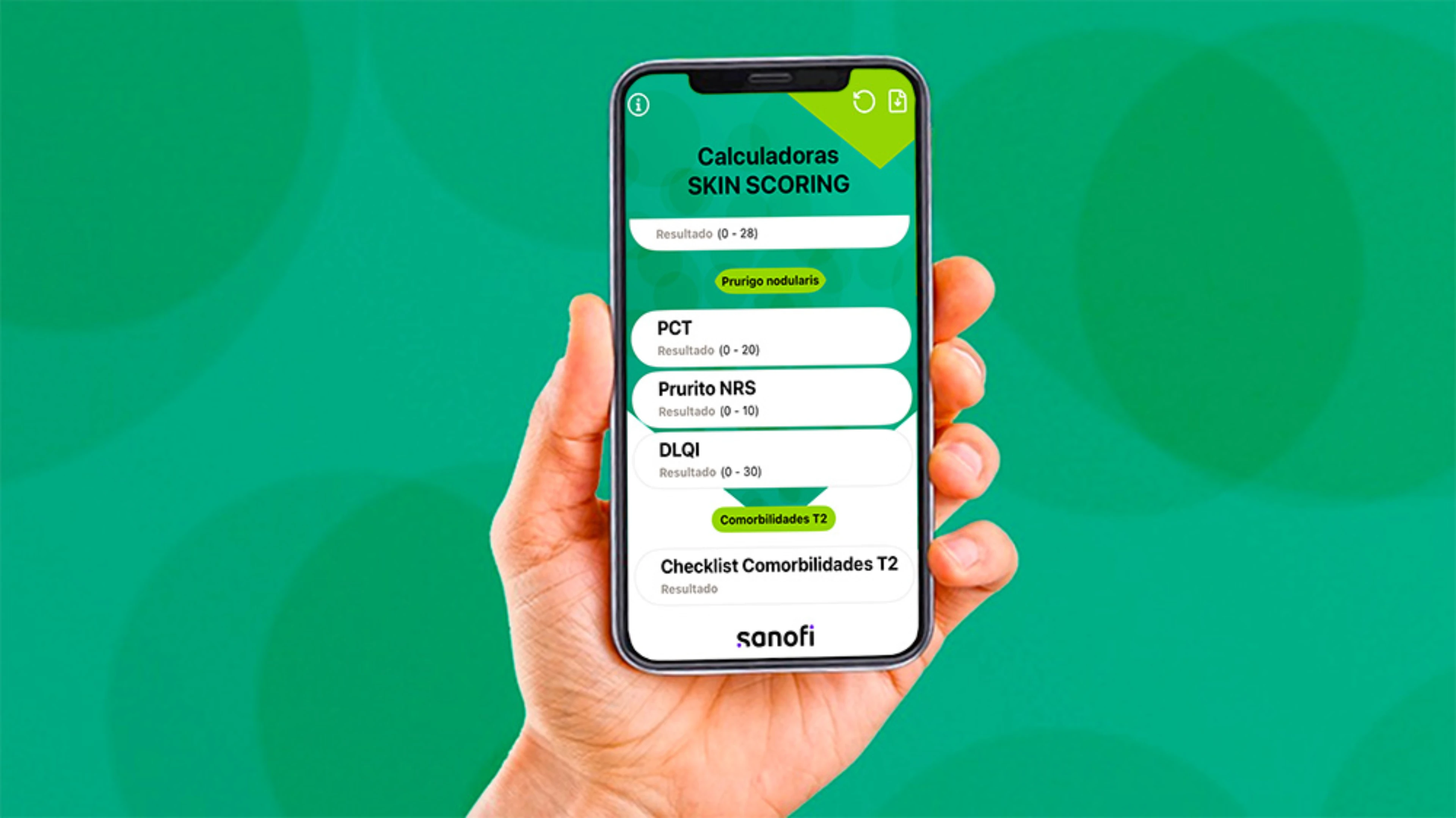
Impacto Oculto de la Carga Acumulada de la Enfermedad (CLCI) en Dermatología
Explora el concepto de CLCI en dermatología y cómo la dermatitis atópica crónica va más allá de la piel, afectando la salud física, mental y social. Información clave para el abordaje clínico integral.










.png)